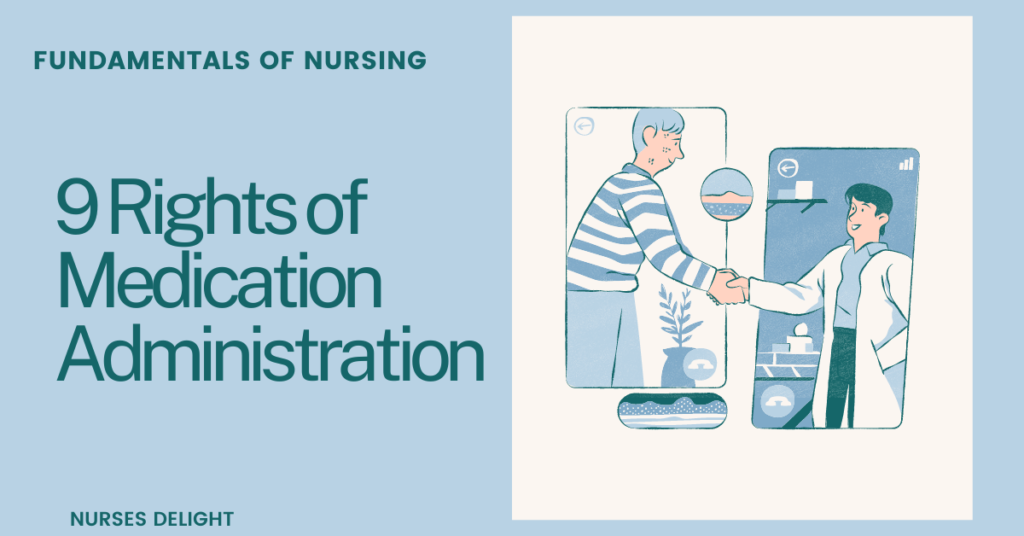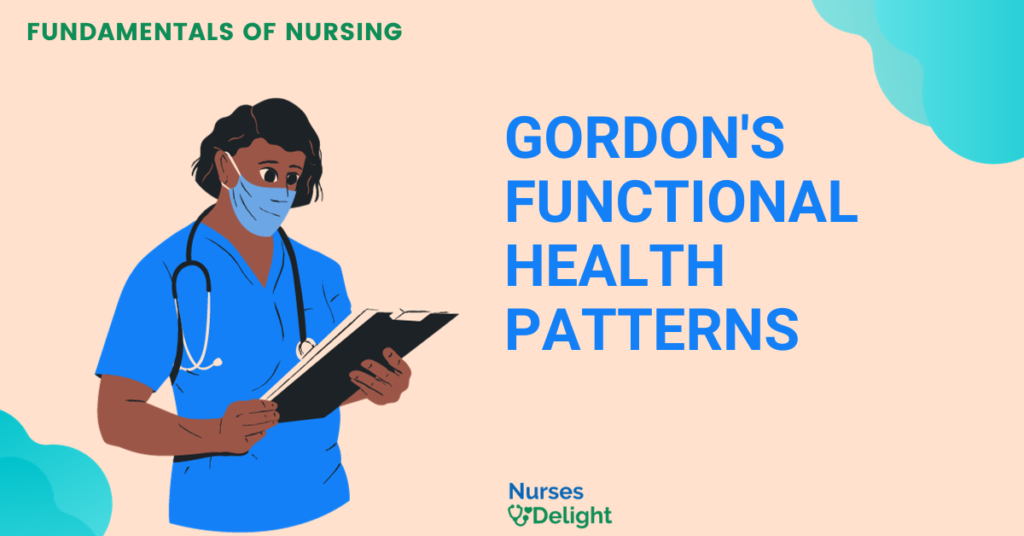Errors around drug administration are the most common types of medication errors in many health care settings. They may at times lead to permanent disability and fatalities in patients.
The Rights of Medication Administration Tool is a set of steps that helps the health care worker to administer patients’ medications the right way. The nine major rights include;
1. Right Drug
Make sure the drug you are administering is the one prescribed to the patient by the physician or practitioner. This can be done by confirming the name of the drug and counterchecking it with the name written on the drug sheet. Be aware that some drugs sound similar to others and spellings must be taken into consideration. For example, the drug ephedrine should not be confused with epinephrine although their mode of action is closely related.
2. Right Patient
Ask the name of the patient and confirm his or her patient ID, even if you know the patient. This is because some patients may share similar names and errors may occur during medication
3. Right Dose
Be aware of the amount of drug your patient is receiving. This amount is usually measured in units, some of which include milligrams (mg) ,micrograms (mcg) grams (g), International units (IU) among others Knowledge of drug calculation is required while administering a drug. You should also be aware of the differences in adult and pediatric dosages.
4. Right Route
Establish whether the drug is administered orally, subcutaneously, intravenously, or intramuscular among other routes
5. Right Time
Check for the time at which a drug is supposed to be administered. Calculate the frequency of administration with the 24-hour clock system to determine the hours apart for which the drug should be administered. For example, if a drug is to be administered twice daily, take 24 hours and divide it by 2 to get 12. It means that the drug should be given 12 hours apart.
6. Right Reason
You must ask yourself why you are administering the mediation. Every drug has an indication for its administration. Main indications include; chemotherapy, pain relief, systemic effects, and surgical reasons
7. Right to Decline
A patient may decline medication even after a medical explanation about the medication in relation to his or her condition. In the event where a patient declines medications, the nurse should inform the patient of the consequences of refusal, and proper documentation be done. The patient is also asked to sign a legally binding document that he or she has refused to take the medication
8. Right to Information
The patient should be informed of what medication he or she is taking and, the expected therapeutic and side effects. Any changes in medications must be discussed with the patient
9. Right Documentation
Document the drug name, dose, time administered, route, and any therapeutics and side effects on the patient



